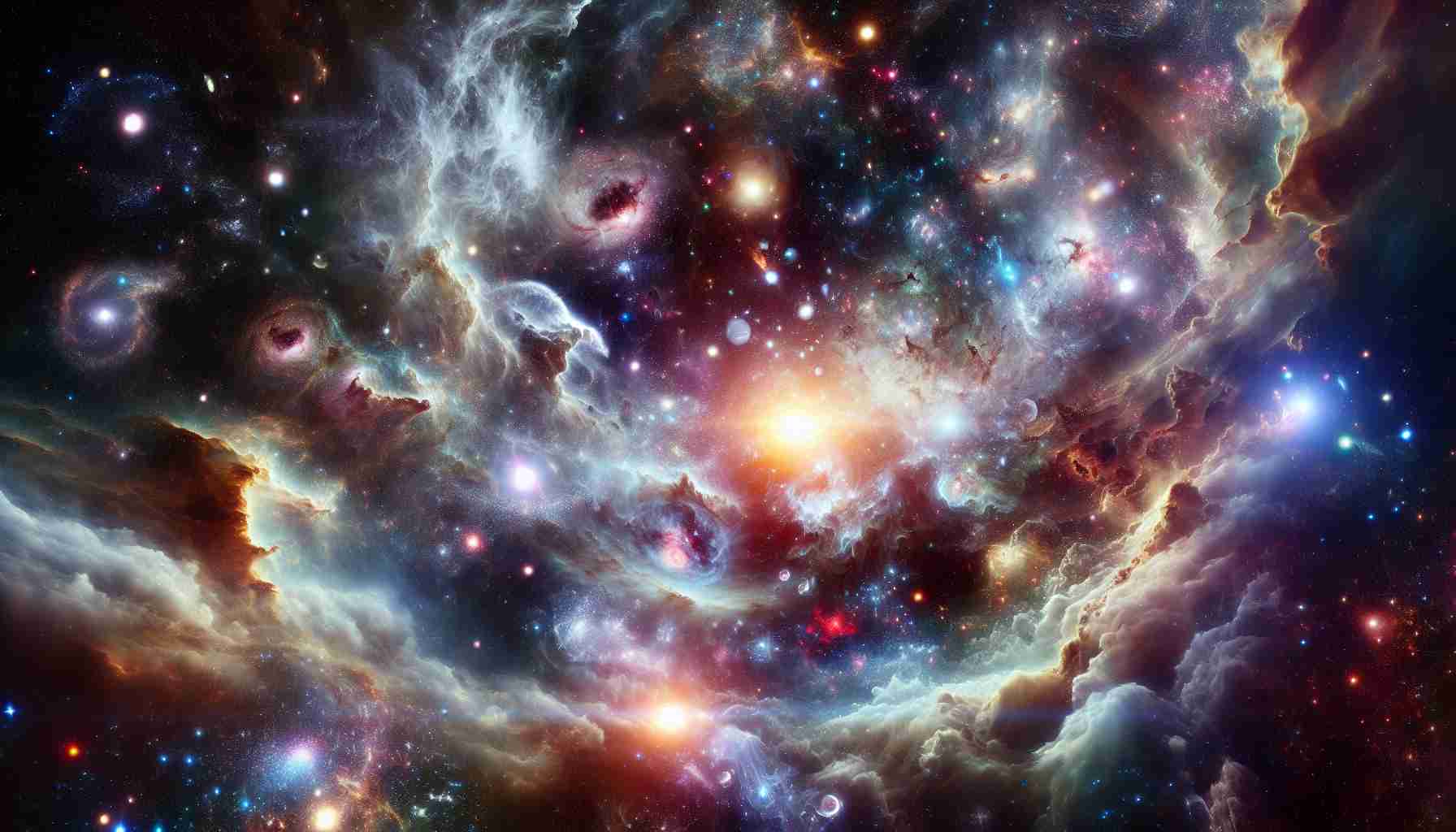New Findings Challenge Understanding of Universe’s Expansion

Recent discoveries have reignited discussions about the expansion of the universe. New evidence suggests that the speed of this expansion may not be as uniform as previously thought. Observations from advanced telescopes, including the Hubble Space Telescope and the James Webb Space Telescope, reveal variations in the expansion rate across different regions of the cosmos. These findings have left scientists puzzled and searching for answers. The implications of this research could lead to significant changes in our understanding of physics and cosmology, which have been the foundation of scientific theories for many years.
Study Reveals Contradictory Measurements
A recent study published in *The Astrophysical Journal Letters* has shed light on the Hubble constant, a crucial measure of the universe’s expansion rate. Researchers utilized data from the Dark Energy Spectroscopic Instrument (DESI) to analyze the Coma galaxy cluster, located approximately 320 million light-years from Earth. Their findings indicated an expansion rate of 76.5 kilometers per second per megaparsec (km/s/Mpc). This measurement stands in stark contrast to earlier estimates based on the cosmic microwave background (CMB), which suggested a lower rate of 67 km/s/Mpc.
This discrepancy raises important questions about our current understanding of the universe. The Hubble constant is a key element in cosmology, influencing theories about the universe’s age, size, and ultimate fate. The conflicting measurements challenge the reliability of existing methods used to calculate this constant. As researchers delve deeper into these findings, they aim to clarify the reasons behind these variations. The implications of this study could reshape our understanding of cosmic expansion and the fundamental laws of physics that govern it.
Clashing Methods Deepen the Puzzle
The differences in the Hubble constant stem from two main methods of calculation. The first method relies on early-universe data derived from the cosmic microwave background (CMB). This approach aligns with predictions from the standard cosmological model. In contrast, the second method uses observations of Cepheid variable stars and Type Ia supernovae to measure distances in the later stages of cosmic evolution. These measurements consistently yield higher expansion rates, creating a significant tension between the two approaches.
Efforts by teams like DESI aim to refine these measurements and resolve the discrepancies. However, as they continue their work, the gap between the two methods only seems to widen. This situation has led to a growing sense of urgency among scientists to understand the underlying causes of these conflicting results. The ongoing research highlights the complexity of measuring cosmic distances and the challenges inherent in understanding the universe’s expansion. As scientists explore these clashing methods, they hope to uncover new insights that could bridge the gap and enhance our comprehension of the cosmos.
Experts Call for New Theories
The implications of these findings have prompted experts to reconsider fundamental assumptions about the universe’s structure. Professor Dan Scolnic of Duke University, the lead author of the study, emphasized that the results challenge established cosmological models. He noted that resolving the differences in measurements is not merely a technical issue; it may indicate a need for a reevaluation of our understanding of the universe.
As research progresses, scientists are focused on identifying potential errors or gaps in existing methods. Some researchers are even exploring entirely new frameworks to explain the universe’s evolution. This pursuit of knowledge reflects the dynamic nature of scientific inquiry, where new evidence can lead to groundbreaking changes in understanding. The ongoing debates surrounding the universe’s expansion underscore the importance of continued research and collaboration in the field of cosmology. As scientists strive to unravel these mysteries, they remain hopeful that new theories will emerge to explain the complexities of our universe.
Observer Voice is the one stop site for National, International news, Sports, Editor’s Choice, Art/culture contents, Quotes and much more. We also cover historical contents. Historical contents includes World History, Indian History, and what happened today. The website also covers Entertainment across the India and World.

